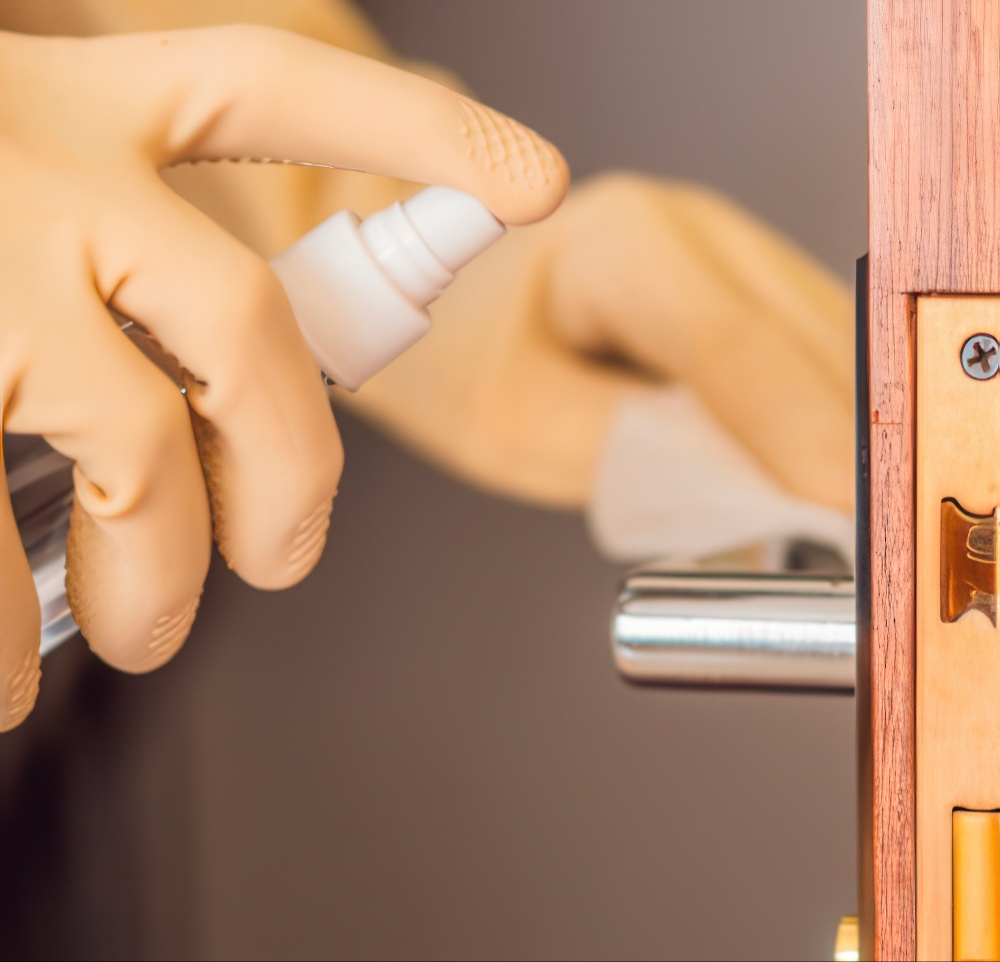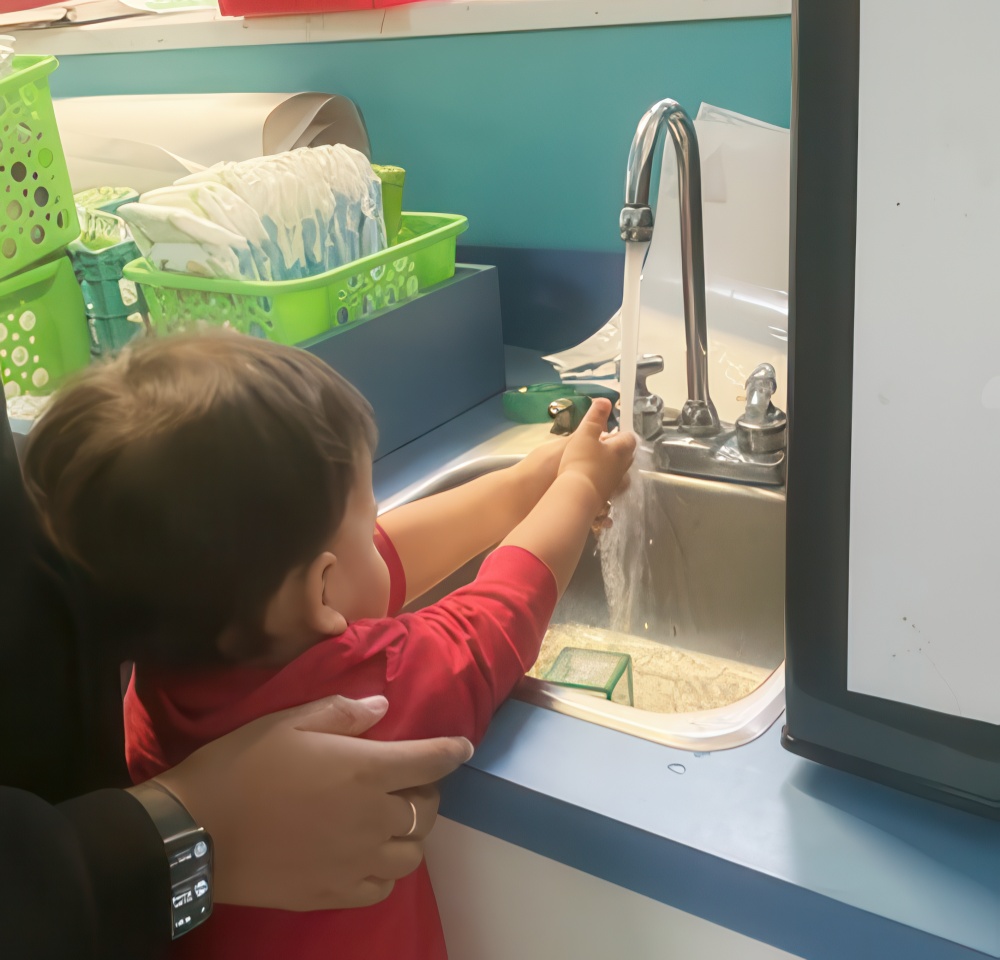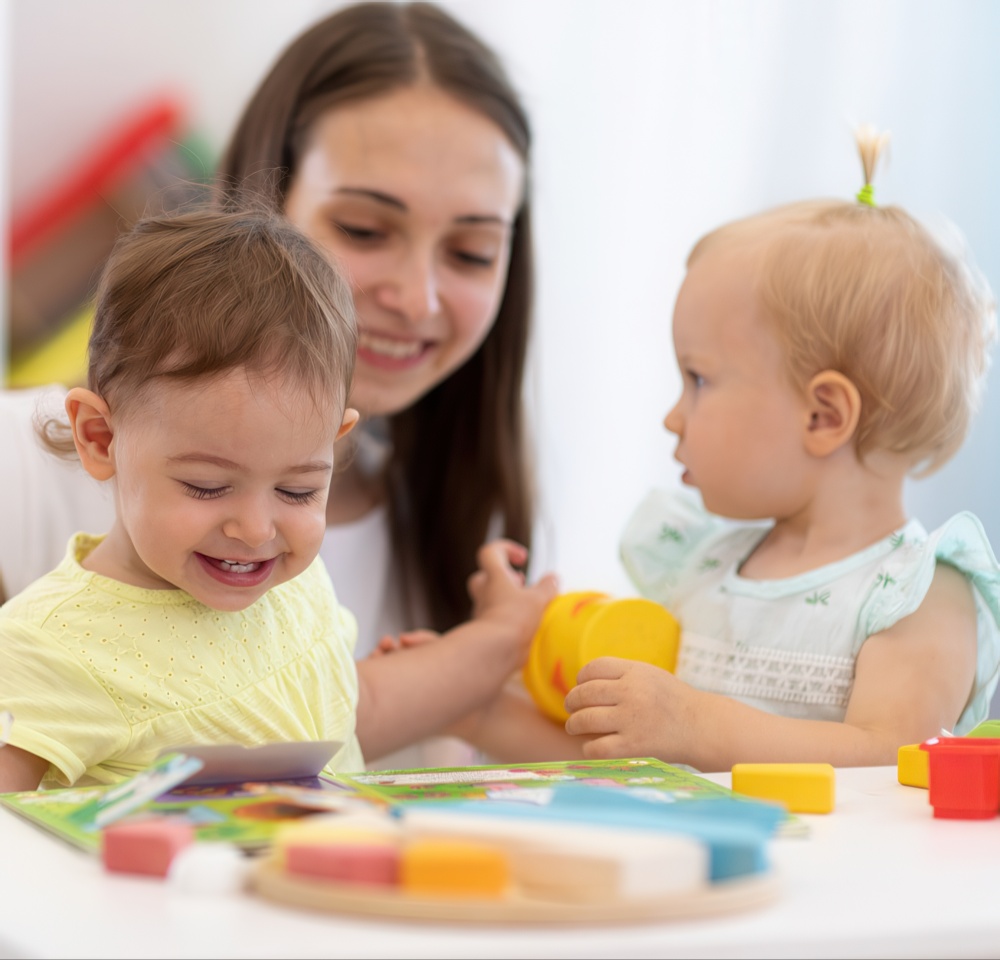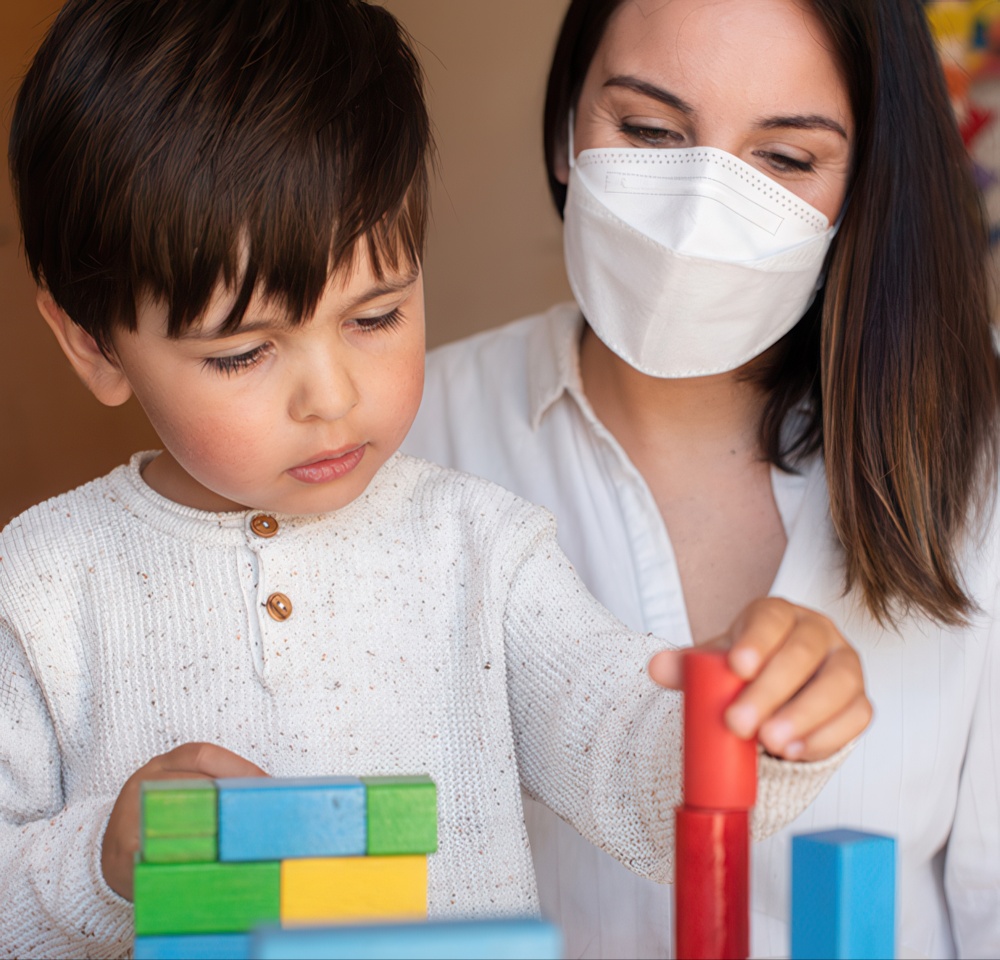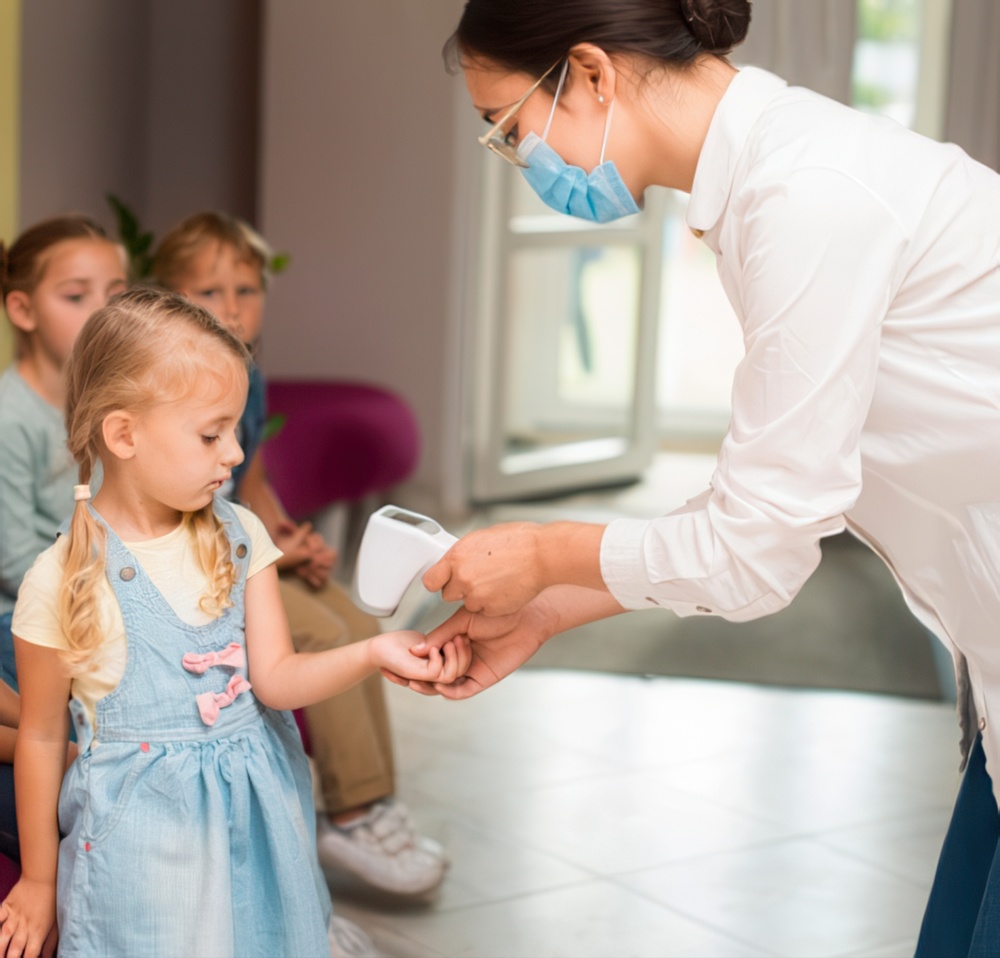Nap & Rest Time Stays Safe With Healthy Measures
All of your child’s labeled bedding is for their exclusive use and is washed weekly. Mats, cots, and cribs are spaced out as much as possible, so nap and rest time stay what they need to be: peaceful and worry-free!




